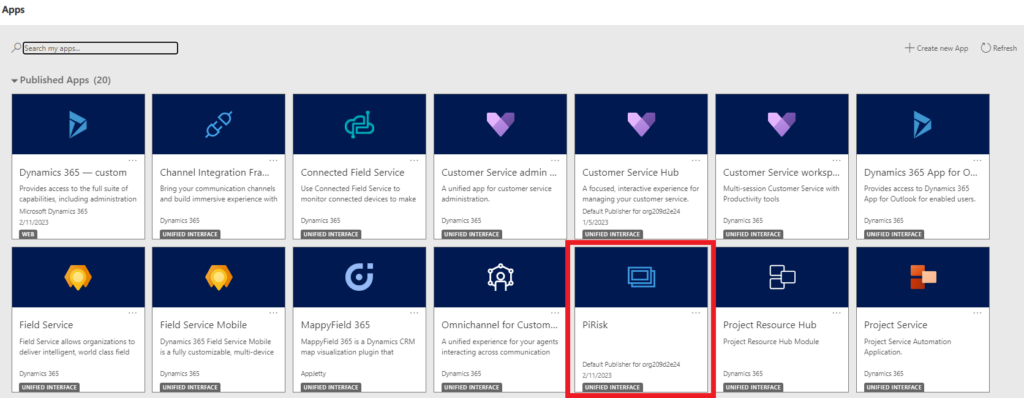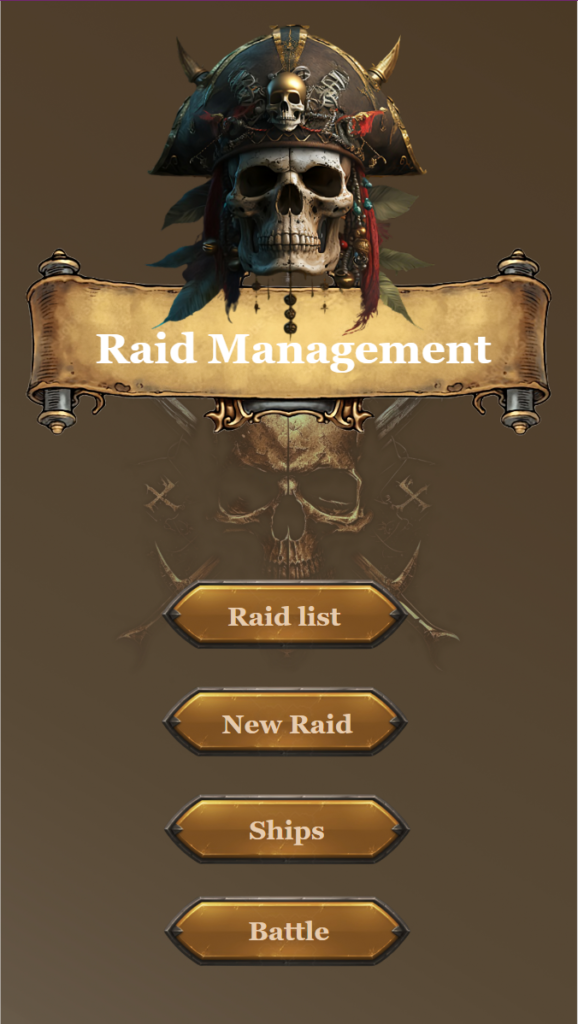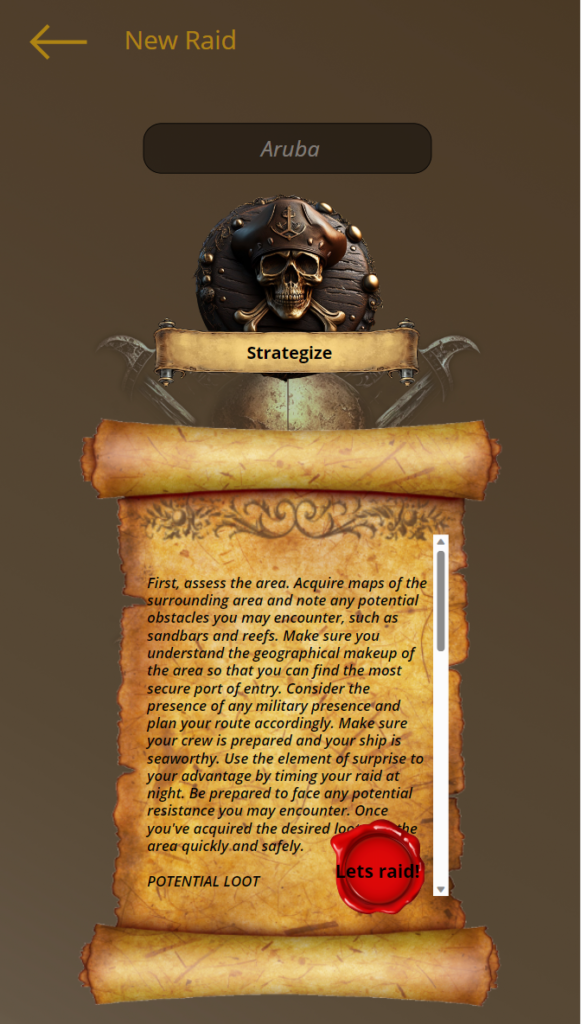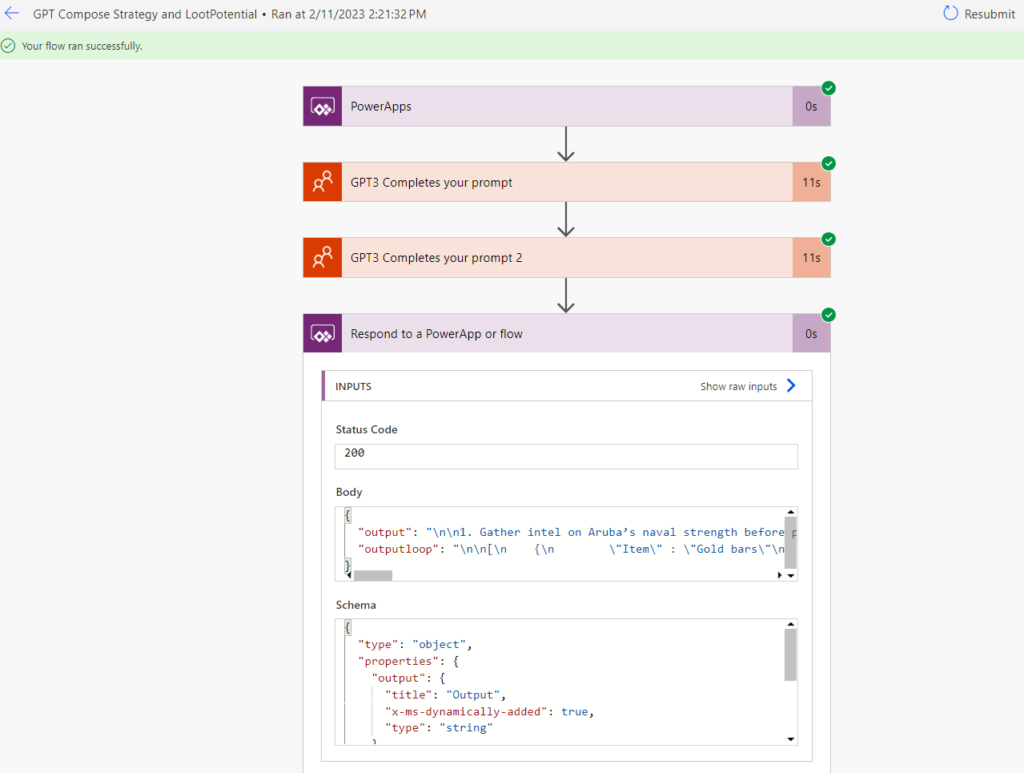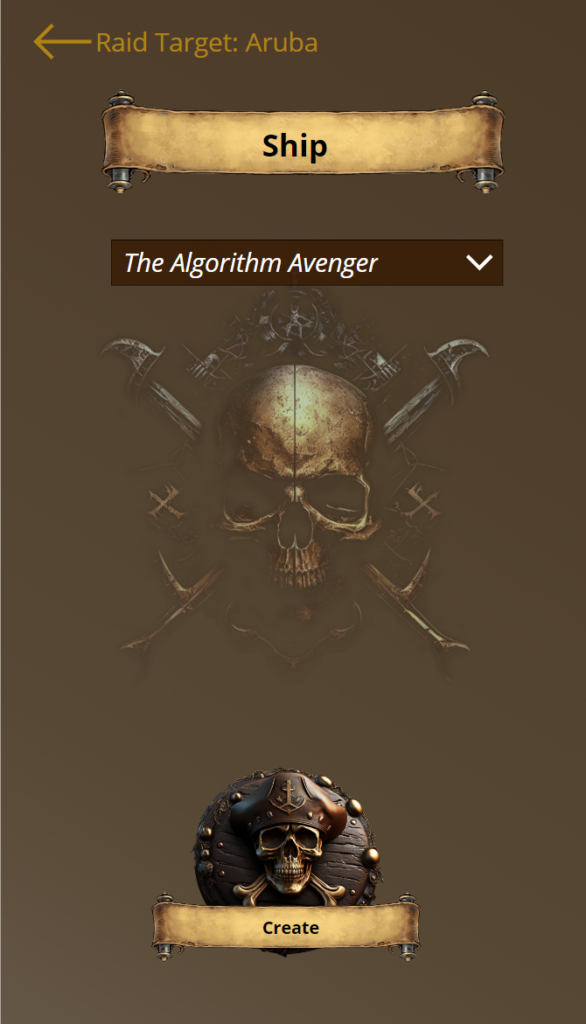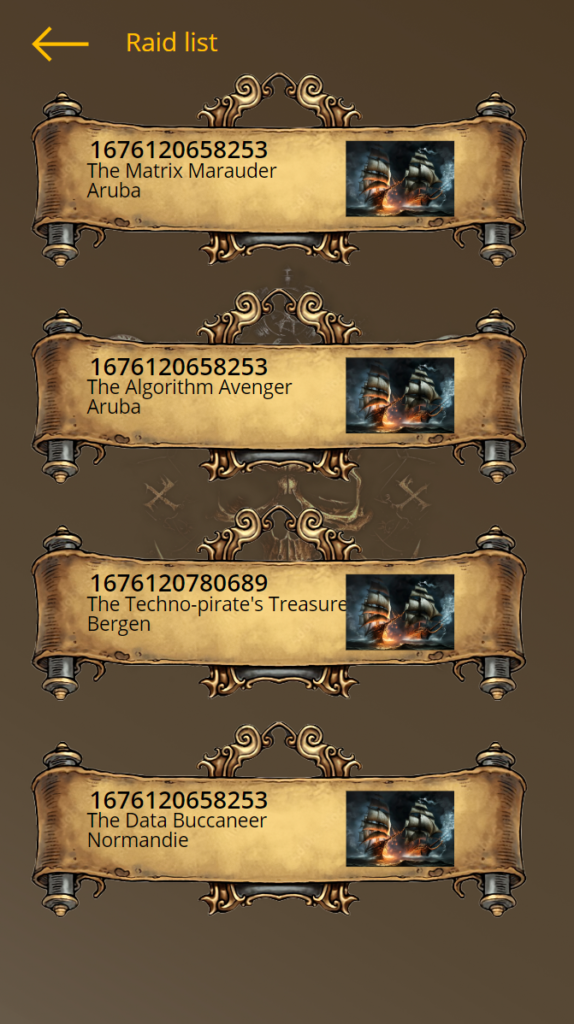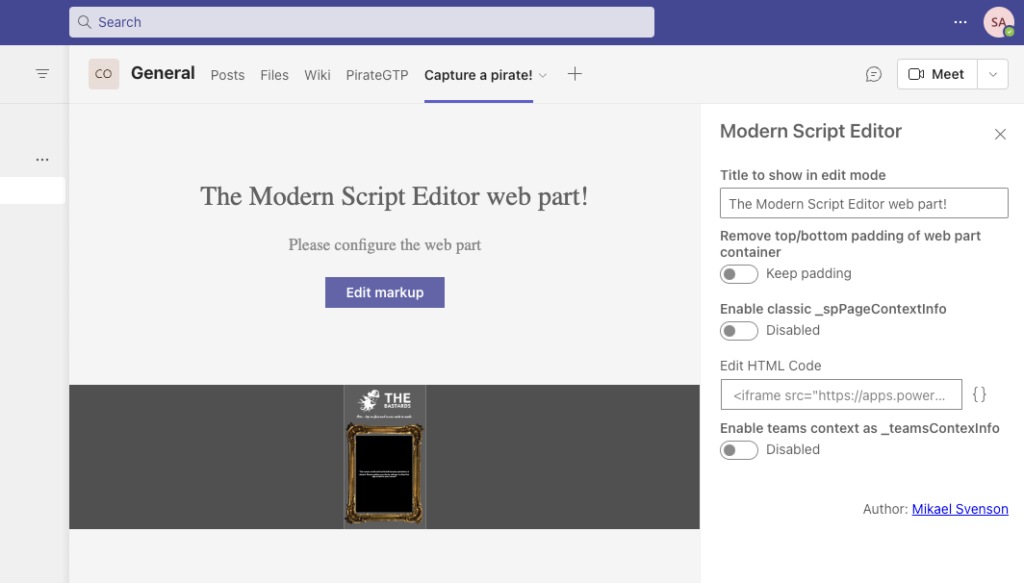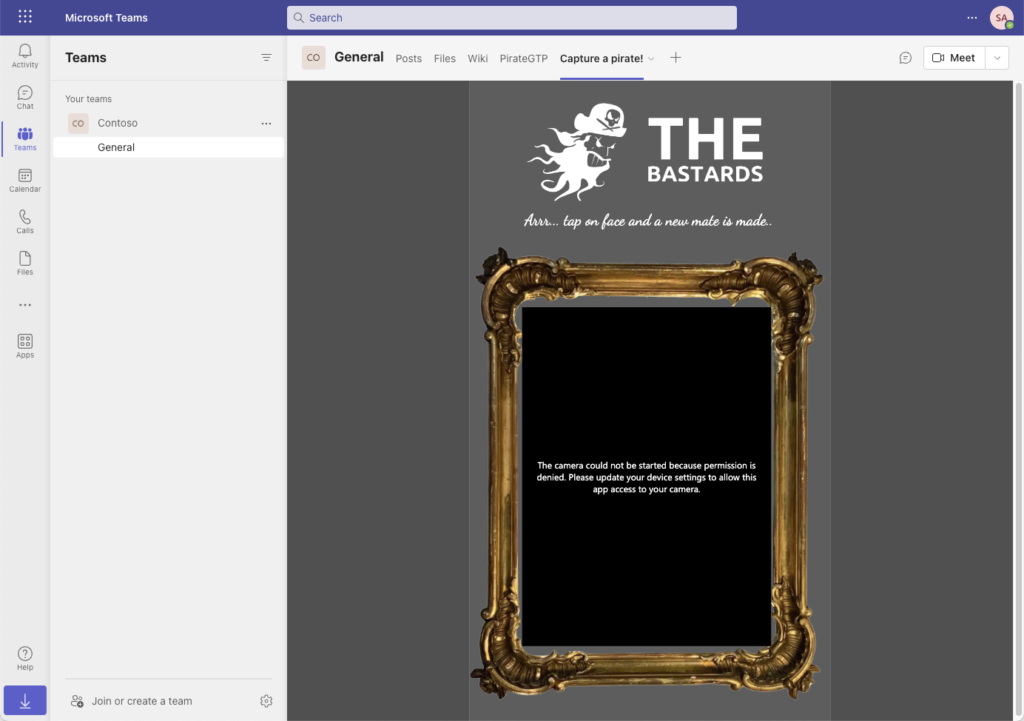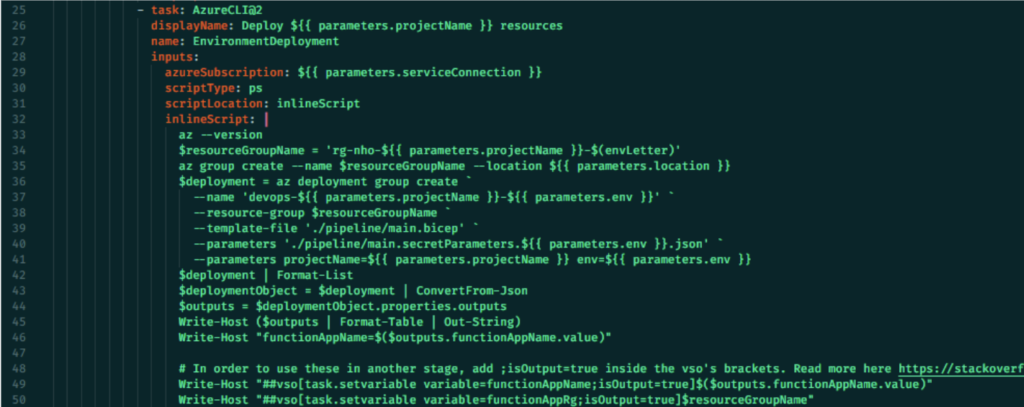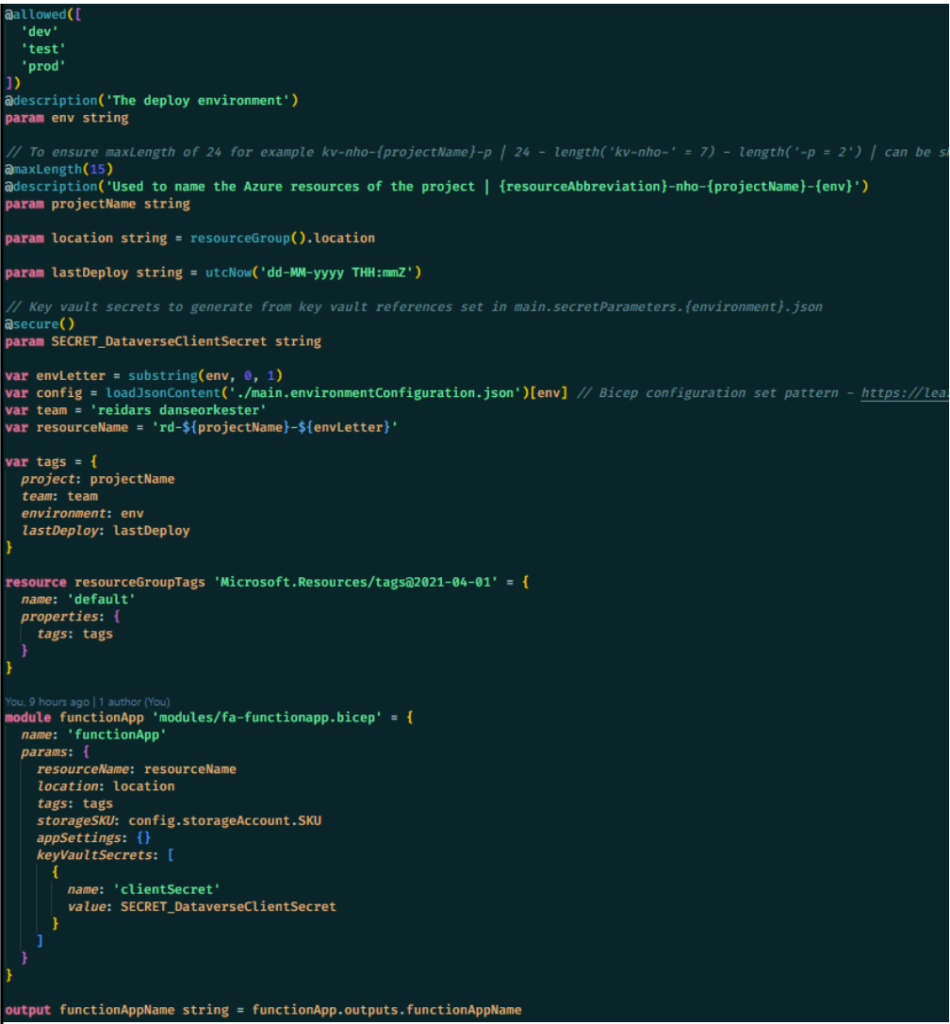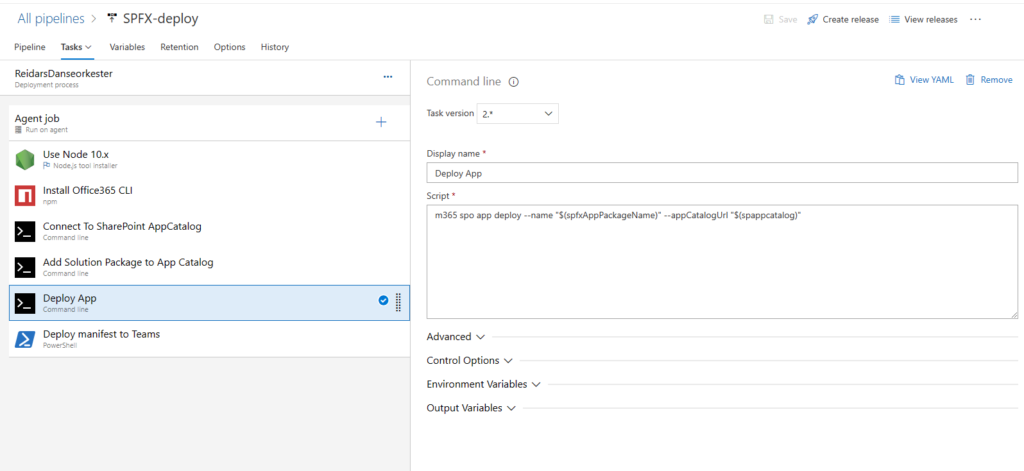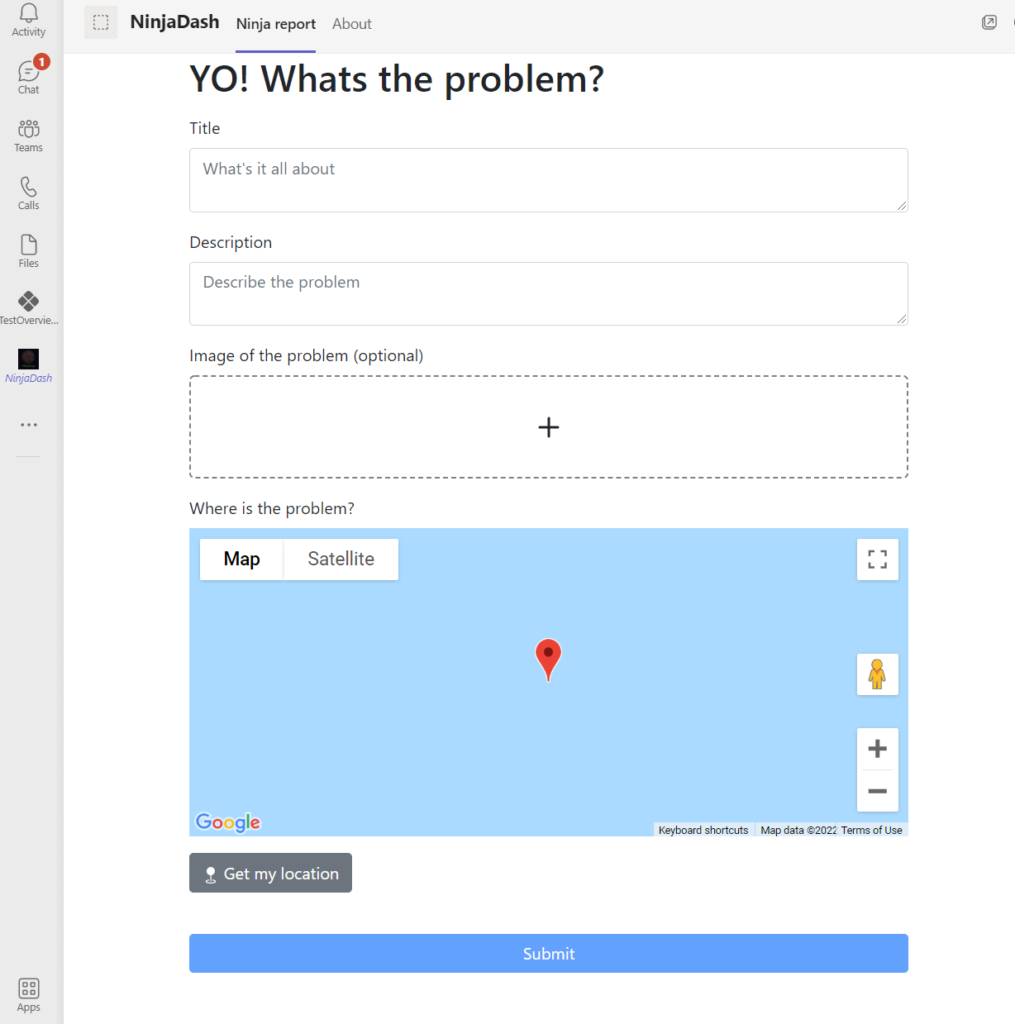Revolutionizing Team Collaboration with PromptFlow
In our latest venture, we’re excited to introduce a cutting-edge bot service integrated into Microsoft Teams, marking our claim for the “Plug N’ Play” badge. This bot leverages PromptFlow technology to automate and streamline communication within Teams.
We have a dataset with 5000+ races with statistics on race performance. With the AI-chat bot, the users will save time when deciding on their strategy for upcoming races. The natural language model makes it easy for the user to ask questions such as, which players have the best lap time on certain maps, what kart usually performs better and so on.
Technical Highlights
- Built on Microsoft Bot Framework for robust conversational AI experiences.
- Seamlessly blends into Microsoft Teams, enhancing the platform’s collaborative efficiency.
Future Prospects
This bot is just the start of our journey in transforming business communication with cloud-based AI solutions. Stay tuned for more updates as we continue to innovate and redefine collaborative workflows.


